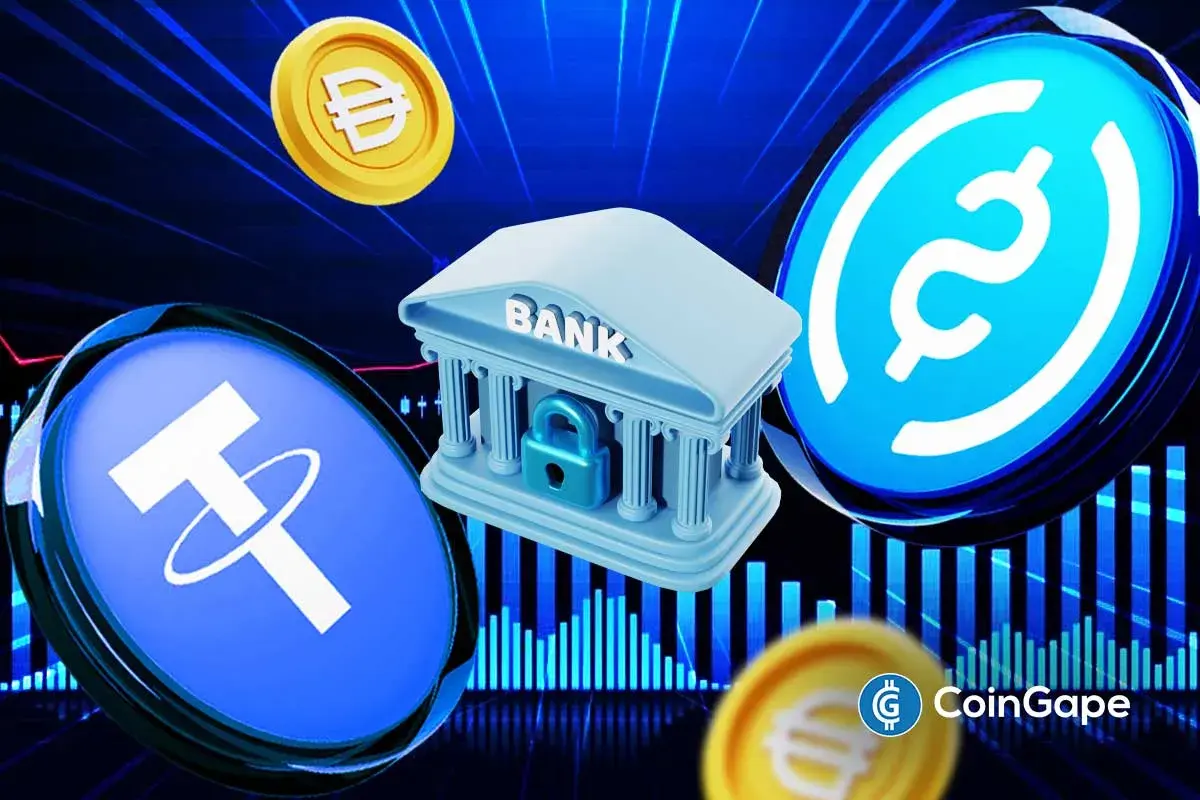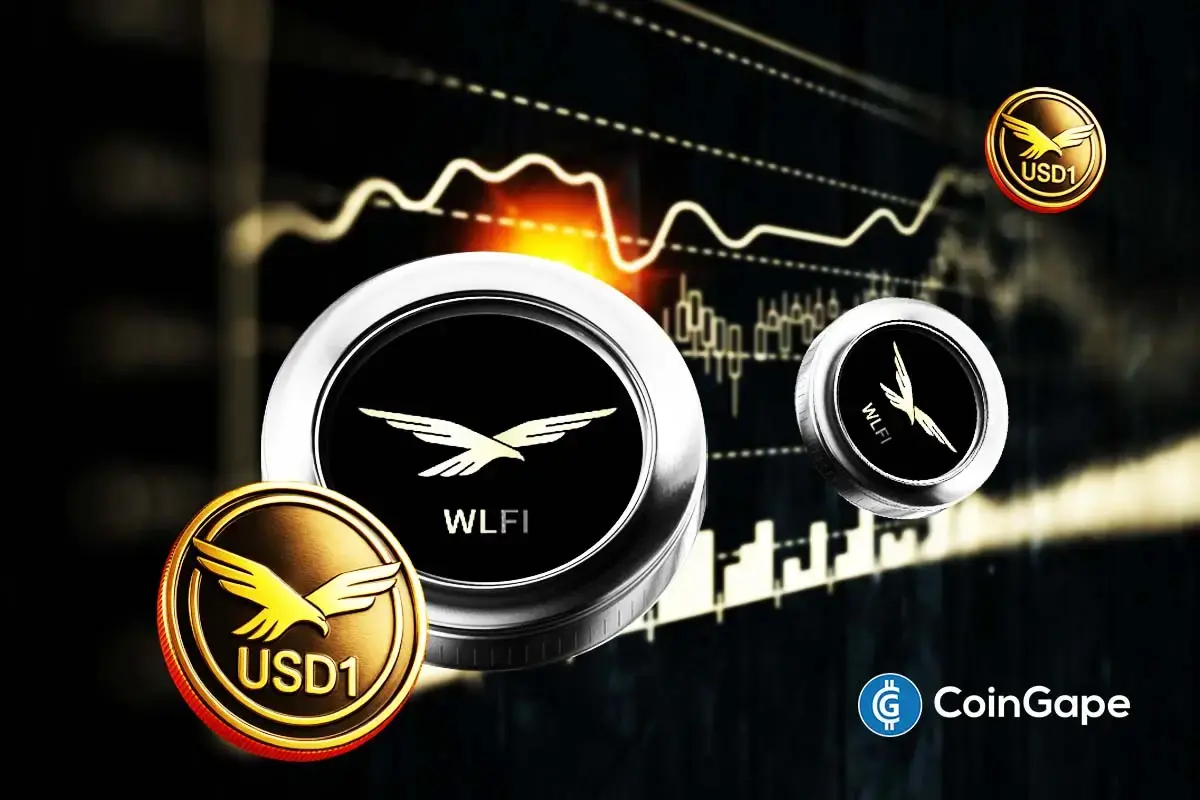VISA Survey Uncovers Stablecoin Reality, 90% Users Aren’t Real

Highlights
- Stablecoin Organic payments are only 10% of the total trading volumes.
- Bot-driven transactions and the issue of double-counting persists majorly among stablecoins.
- Stablecoin market poised to grow to $2.8 trillion by 2028.
A new metric co-developed by Visa Inc. indicates that over 90% of stablecoin transaction volumes do not originate from authentic users. This suggests that these crypto tokens may still have a long way to go before becoming widely adopted as a means of payment.
Bot-based Stablecoin Transactions On The Rise
The dashboard developed by Visa and Allium Labs aims to filter out transactions initiated by bots and large-scale traders, focusing solely on those generated by genuine users. Out of a total of approximately $2.2 trillion in transactions recorded in April, only $149 billion were identified as originating from “organic payments activity,” according to Visa’s analysis.
Visa’s findings challenge the assertions of stablecoin proponents who argue that these tokens, tied to assets like the dollar, are on the brink of revolutionizing the $150 trillion payments industry. Despite this, fintech giants such as PayPal Inc. and Stripe Inc. are actively exploring stablecoins, with Stripe co-founder John Collison expressing optimism about the tokens in April, citing “technical improvements” as a driving factor. Commenting on the data, Pranav Sood, executive general manager for EMEA at payments platform Airwallex, said:
“It says that stablecoins are still in a very nascent moment in their evolution as a payment instrument. That’s not to say that they don’t have long-term potential, because I think they do. But the short-term and the mid-term focus needs to be on making sure that existing rails work much better.”
The Issue of Double-Count
Quantifying the true value of cryptocurrency activity through blockchain data has long posed a challenge. Glassnode, a data provider, has suggested that the purported $3 trillion total market circulation during the peak of the 2021 bull market was in reality closer to $875 billion.
Stablecoin transactions often face the issue of double-counting, depending on the platforms involved in fund transfers. For instance, if a user converts $100 of Circle Internet Financial Ltd.’s USDC to PayPal’s PYUSD on Uniswap, a decentralized exchange, $200 of total stablecoin volume would be recorded on-chain, according to Cuy Sheffield, Visa’s head of crypto.
Companies like Visa, which processed over $12 trillion worth of transactions in the previous year, stand to potentially lose if stablecoins gain widespread acceptance as a payment method.
Analysts at Bernstein predicted last year that the total value of all stablecoins in circulation could reach $2.8 trillion by 2028.
- Will Crypto Market Crash as Over $27B in Bitcoin, ETH, XRP, SOL Options Expire Today?
- Trust Wallet Hack Update: CZ Speaks Out on $7M Loss, Promises Support
- Trust Wallet Hack: Users Hit as Hacker Drains BTC, ETH, BNB
- Binance Founder CZ Reacts as BNB Chain Dominates Ethereum, Solana In This Metric
- Mike Novogratz Credits XRP Army for Token’s Relevance as ETFs Maintain Inflow Streak
- FUNToken Price Surges After MEXC Lists $FUN/USDC Pair
- Bitcoin Price on Edge as $24B Options Expire on Boxing Day — Is $80K About to Crack?
- Crypto Market Rebounds: Are Bulls Positioning for a Santa Rally?
- XRP, Bitcoin, Ethereum Price Predictions Ahead of Jan 2026 CLARITY Act and US Crypto Reserve Plans
- Pi Network Analysis: Pi Coin Price Surges on Christmas Eve, Can It Hit Year-End Highs?
- Why Dec 26th Is A Do Or Die for Bitcoin Price Ahead Of Record Options Expiry?

 Claim $500
Claim $500














